Antoni Tàpies
Spanish
b. December 13, 1923, Barcelona, Spain -
d. February 5, 2012, Barcelona, Spain
museutapies.org
Antoni Tàpies created a visual language inspired by a wide range of sources that coalesce into a complex fusion of materials, gestures, and symbols. His explorations of Surrealist imagery early in his career served as the foundation for an ongoing investigation of the nature of physical objects and their materiality. Tàpies’ work ties into his extensive personal experience and history, as well as that of his native Spain, specifically Catalonia. His use of tangible materials for making art emphasize physical and spiritual transformations that are evoked through signs and symbols drawn from both Eastern and Western cultures.
Antoni Tàpies was a self-taught painter, sculptor and art theorist, who became one of the most famous European artists of his generation. He experimented with many media and techniques, and earned an international reputation as one of the most original artists of the 20th century. Tàpies' work has been exhibited at and collected by many international art museums, to include retrospectives at the Museo Nacional Centro de Arte Reina Sofia in Madrid, Spain, in 1990, the Museum of Modern Art, New York, in 1992, and the Solomon R. Guggenheim Museum, New York, in 1995, among many others.
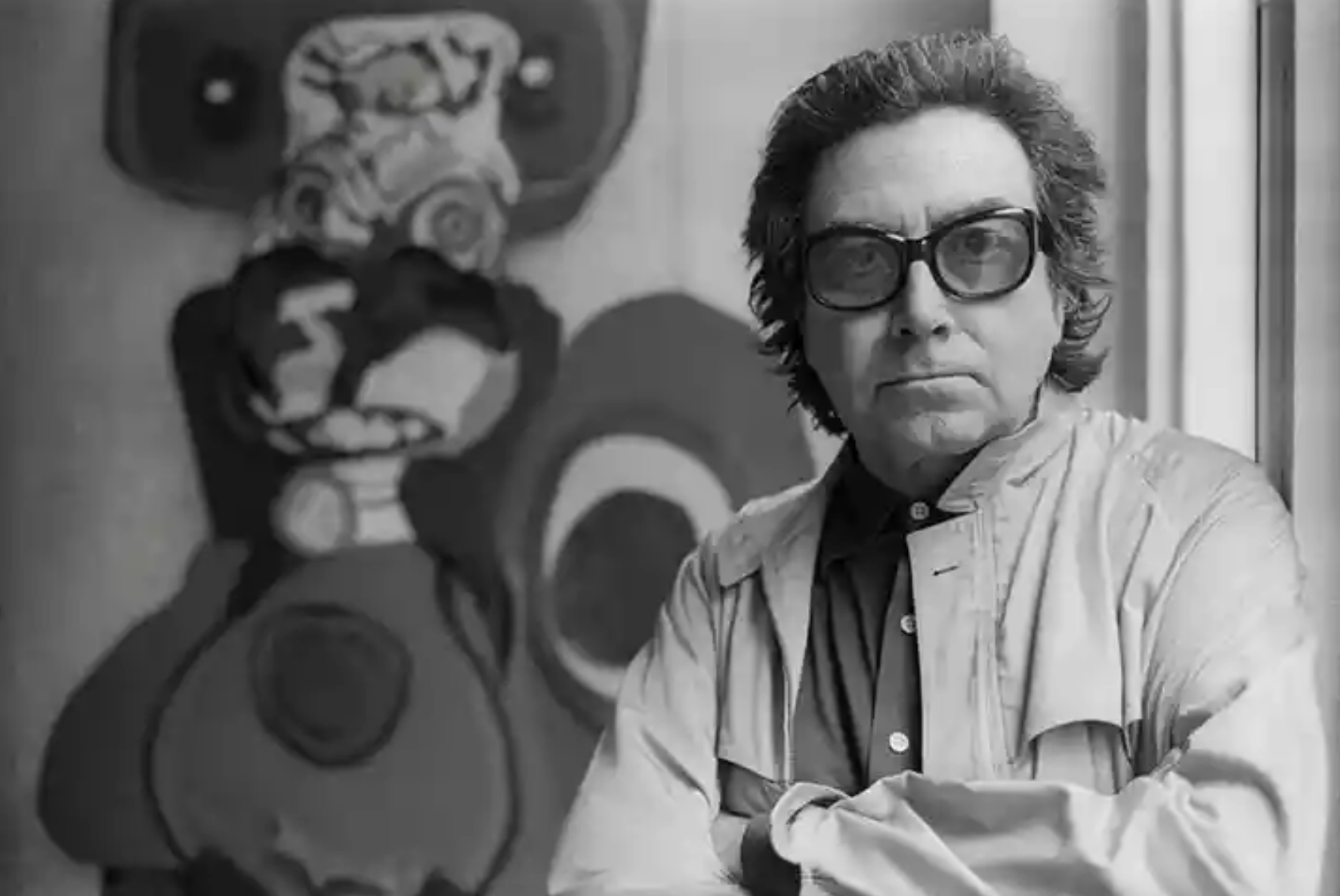
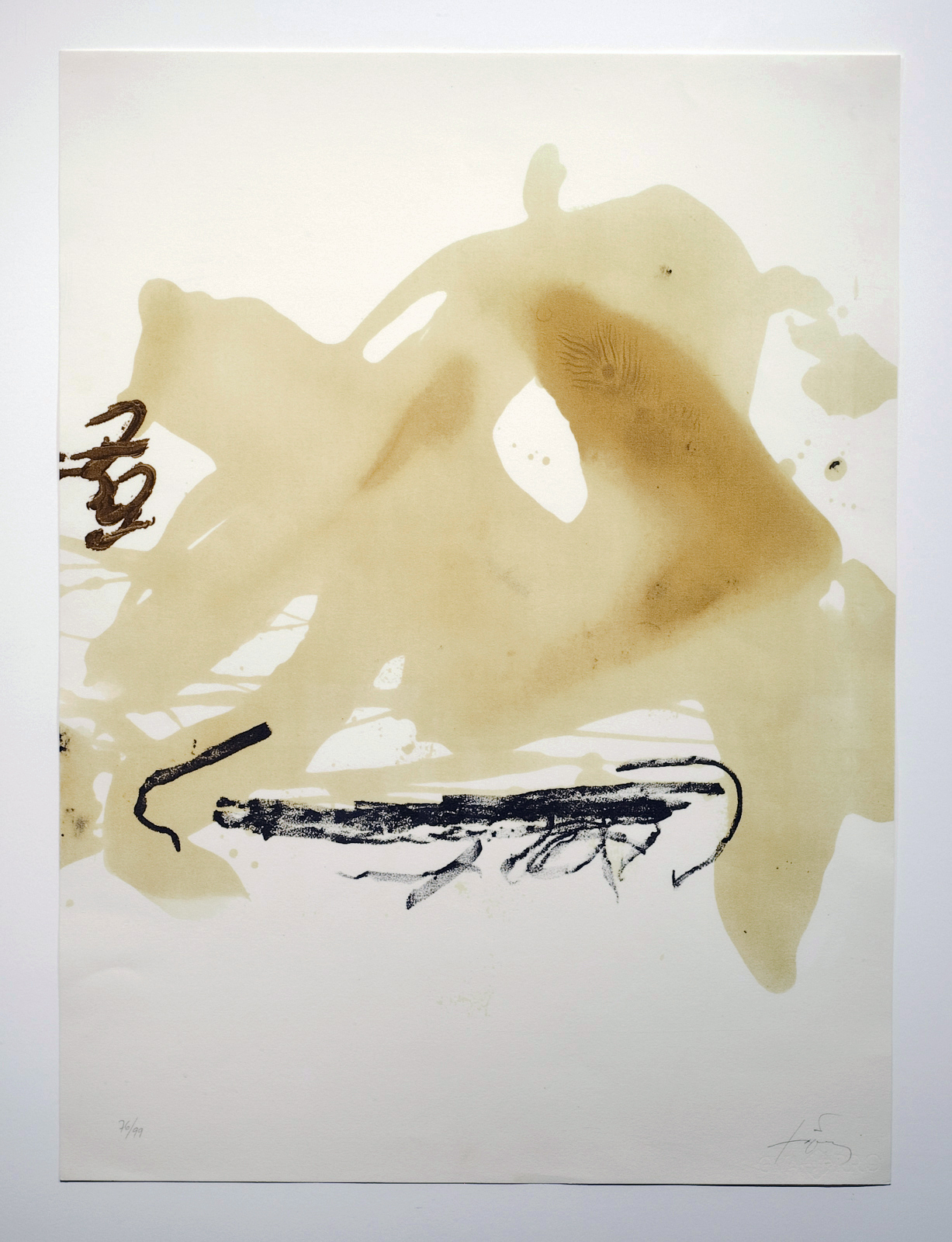
Aparicións AL, 1982
lithograph on paper
30 x 21.5 inches
Edition of 95 + 15 AP (#76/95)
signed and numbered in pencil
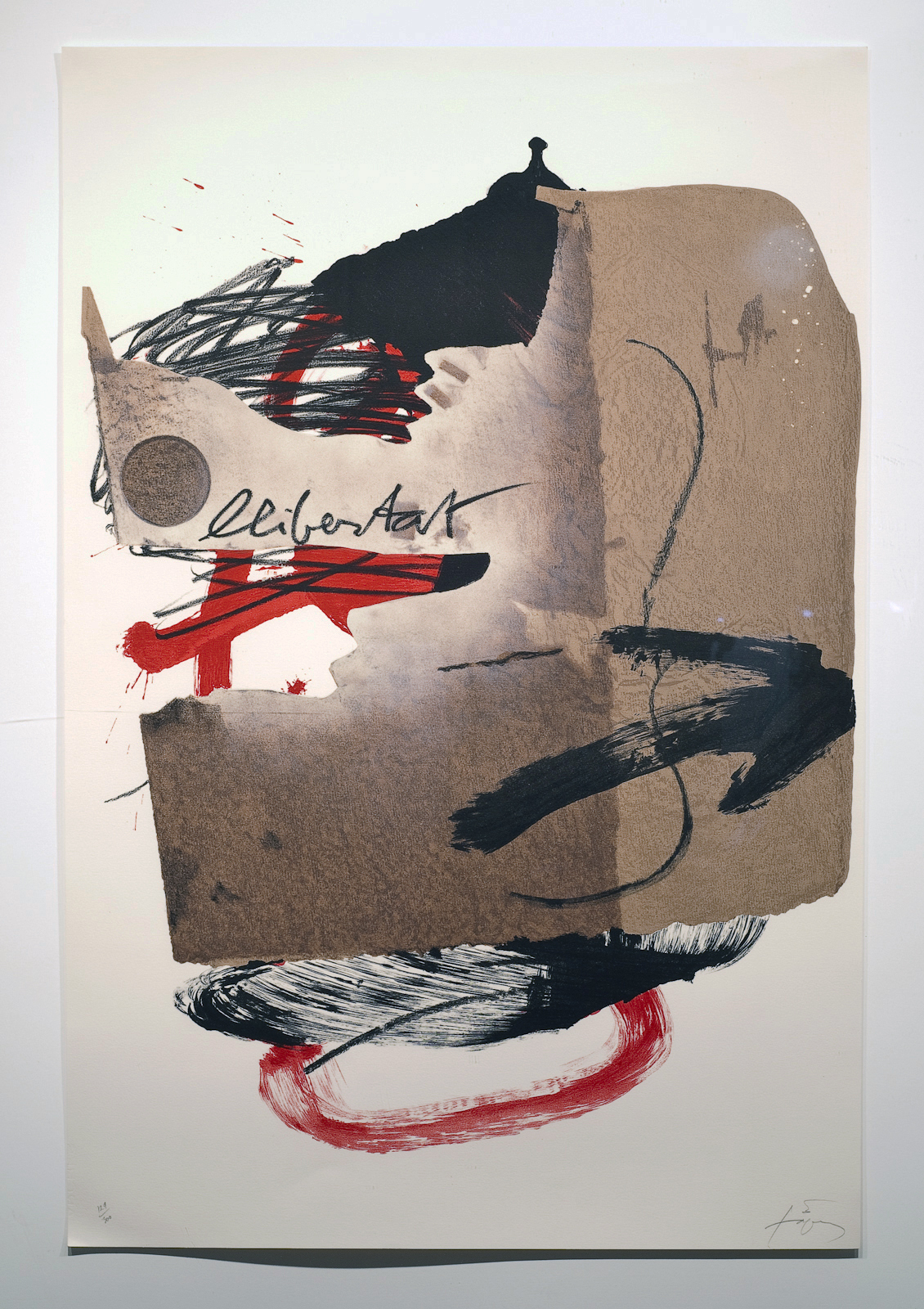
Libertat, 1988
lithograph on paper
35 x 23 inches
Edition of 300 (#129/300)
signed and numbered in pencil
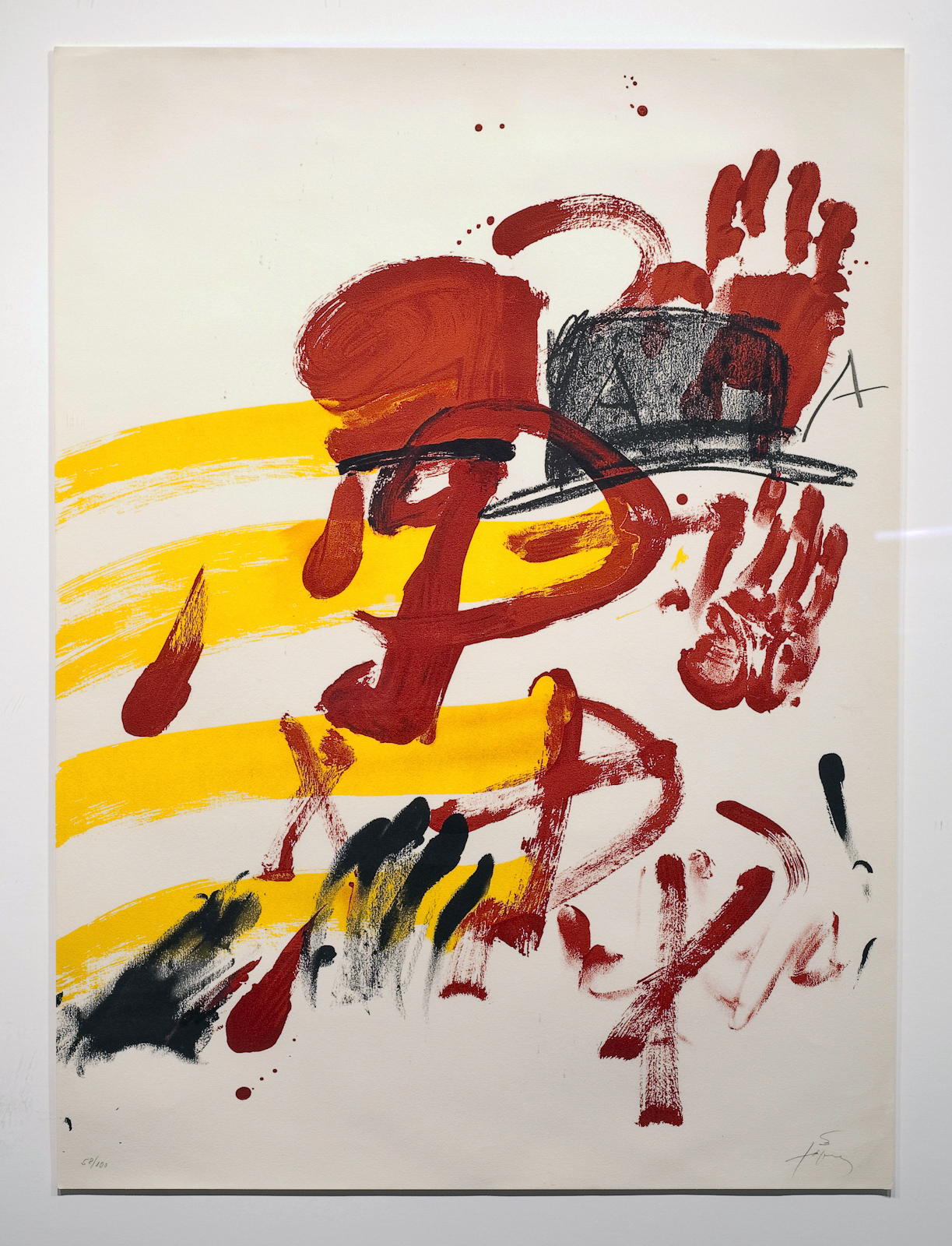
Homage to Joan Prats, 1975
lithograph on paper
30 x 21.5 inches
Edition of 100 (#58/100)
signed and numbered in pencil
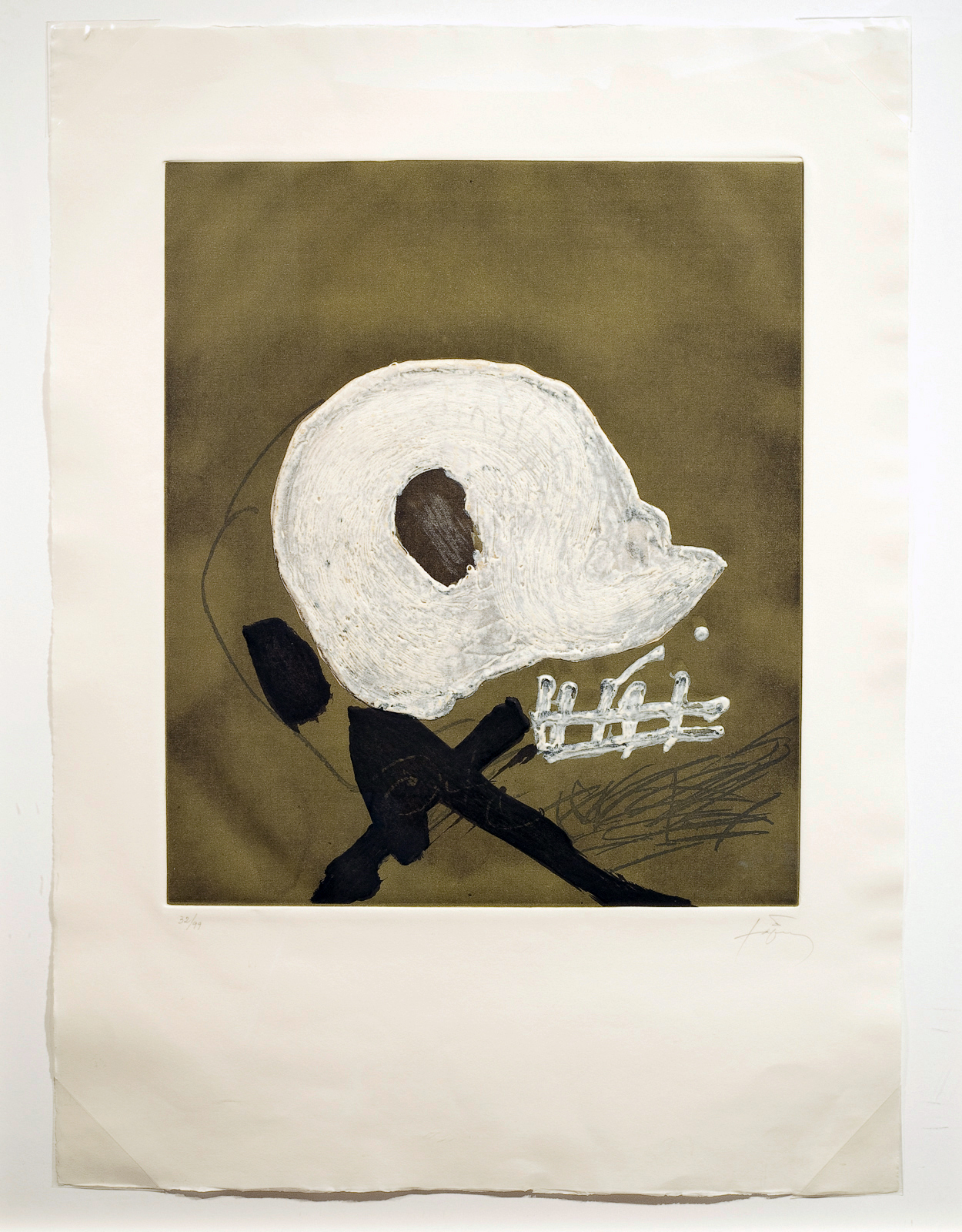
Blanc Central, 1982
etching, aquatint and carborundum in colors with embossing on Guarro paper, the full sheet
30 x 22 in
Edition of 99 + 15 AP (#32/99)
signed and numbered in pencil
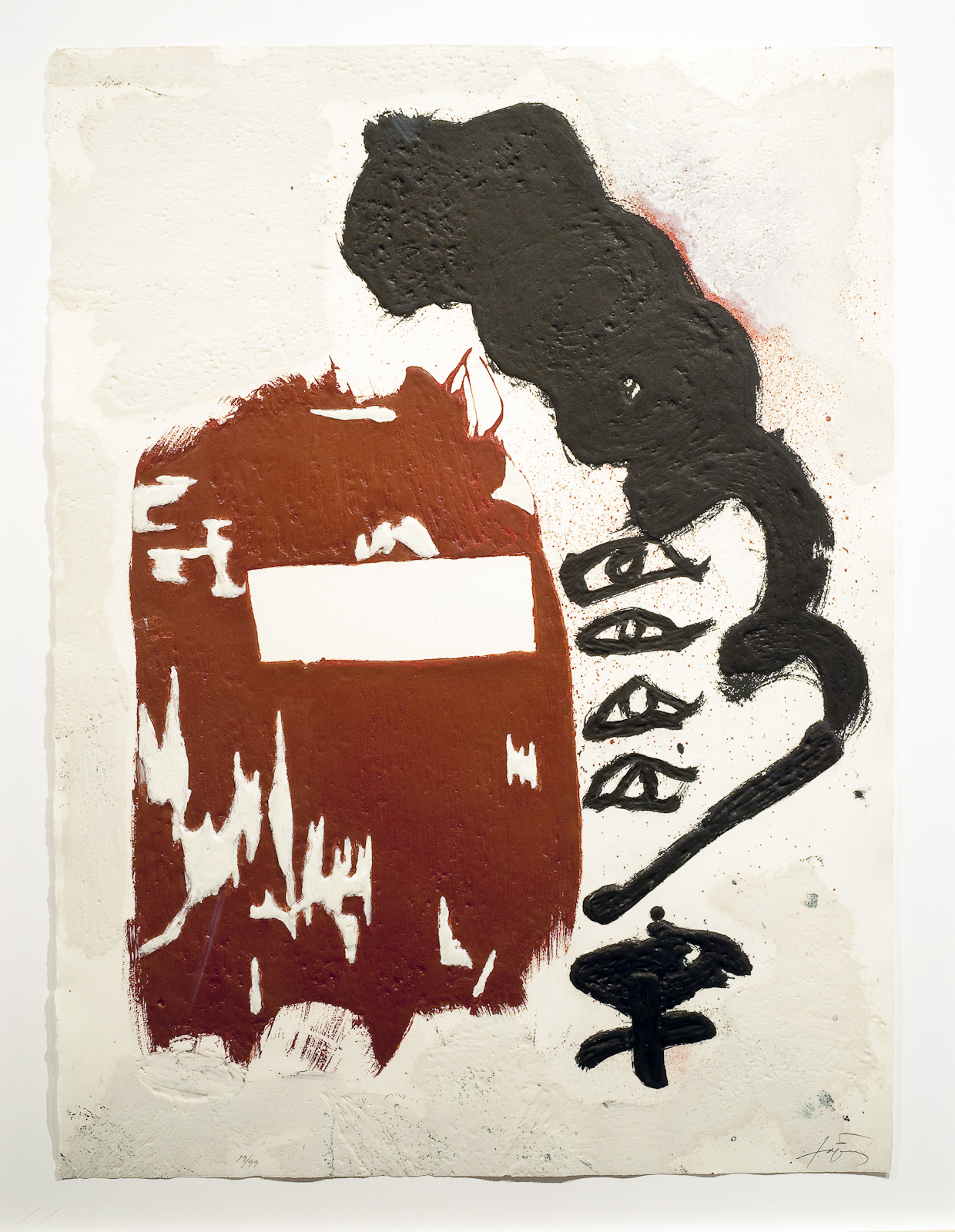
Ulls, 1985
etching, aquatint and carborundum in colors with embossing
on Guarro paper
29 1/4 x 21 3/4 in
Edition of 99 + 15 AP (#19/99)
signed and numbered in pencil


